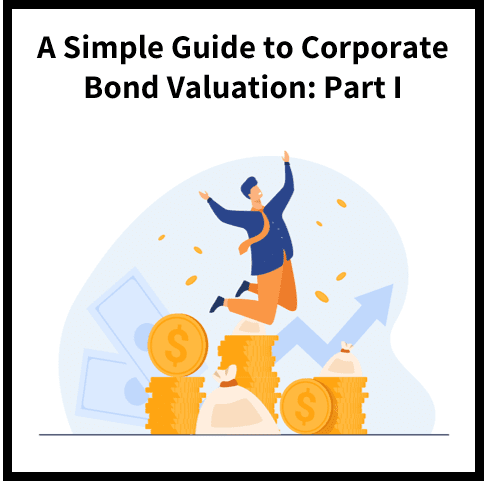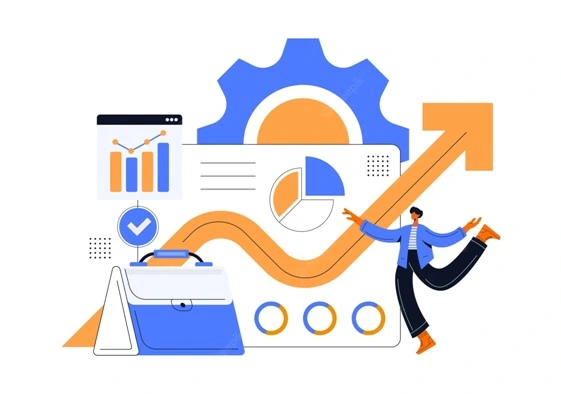Corporate bonds are among the most widely traded fixed-income securities. Thanks to the fragmented nature of the market, they offer a variety of opportunities for investors seeking stable returns while maintaining exposure to risk. Corporate bonds are issued by companies rather than governments or other public sector entities. They take on different forms, with some types of corporate bond being more similar to equities than others.
Additionally, there are many types of corporate bond that aren’t as commonly traded as others. There are three main factors that affect how much a given corporate bond will be worth in the secondary market: its coupon rate, its maturity date and its callability. In this blog post, we’ll explore what each of these terms means and how they affect the value of a particular bond.
What is a Corporate Bond’s Coupon Rate?
The coupon rate is simply the interest rate that the bond issuer promises to pay you annually, as the bondholder. This amount is set in advance by the terms of the bond issue, which allows investors to know exactly what they’ll earn from the bond. This is one of the key factors that investors use to determine what a specific corporate bond is worth. The higher the coupon rate, the greater the value of the bond will be. While coupon rate is an important factor when determining the value of a corporate bond, it doesn’t tell the entire story.
The coupon rate can vary depending on the term of the bond. If a corporate bond has a short-term maturity, it will likely have a higher coupon rate than a long-term bond with the same credit rating. This is because the company will have to make a larger interest payment for the same amount of money over a shorter period of time.
What is a Corporate Bond’s Maturity Date?
The maturity date is the date on which the bond issuer repays you the principal amount of the bond. Meanwhile, the coupon rate is the amount of interest that you’ll earn on the bond. The longer the maturity date of a bond, the more it will be worth in the secondary market.
This is because the bondholder has to wait longer to receive the full amount of their investment. Maturity date also plays a role in determining the coupon rate of a particular bond. Once again, the longer the maturity date, the larger the annual coupon rate will be. This is because the company has to repay you the principal amount of the bond over a longer period of time.
What is Callability in Corporate Bonds?
Callability is a specific type of embedded option that allows the issuer of the bond to purchase it from you at par value before the maturity date. While this may sound like a good thing for the investor, it’s actually a bad thing because the value of the bond is lower than if it weren’t callable.
If you know that a bond is callable, then you’re better off assuming that it will be called. Otherwise, you’ll have to lower your expectations regarding the bond’s value. You should also take into account the likelihood that the issuer will call the bond. If the bond has a high callability probability, then you should adjust your expectations even further.
Resolving the Incorporation Discrepancy
This is a phenomenon that occurs when the callable bond market interest rate is lower than the non-callable corporate bond rate. This discrepancy is mostly due to the fact that the callable bonds can be purchased at par.
However, the non-callable corporate bonds cannot be purchased at par. As a result, the non-callable corporate bond has a higher value than the callable bond. This shouldn’t be confused with the call premium.
Defaulted Bonds
Bonds with a credit rating of BB or lower are considered to be defaulted. While the defaulted bond is usually still traded in the secondary market, it has a much lower value than non-defaulted bonds. This is due to the higher risk associated with holding a non-investment grade security.
Defaulted bonds are also referred to as junk bonds. Don’t confuse these with corporate bonds that aren’t investment grade, even though they’re both referred to as “junk bonds.” Credit rating agencies assign a rating to debt issued by the government and corporations. The higher the rating, the less default risk there is.
Summary
Corporate bonds are an important part of the fixed-income market. These bonds are issued by both governments and corporations and are used to raise money for various projects and endeavors. Corporate bonds are also used as a way to raise money from investors as a form of debt.
There are several factors that affect the value of a corporate bond. The coupon rate, the maturity date and the callability of the bond can all play a role in how much the bond is worth. Investors will use these factors to determine what the appropriate value of a particular corporate bond is
Related Courses: Valuation Analysis Skills Courses






2 thoughts on “Corporate Bond Valuation: A Simple Guide”
I don’t think the title of your article matches the content lol. Just kidding, mainly because I had some doubts after reading the article.
Can you be more specific about the content of your article? After reading it, I still have some doubts. Hope you can help me.